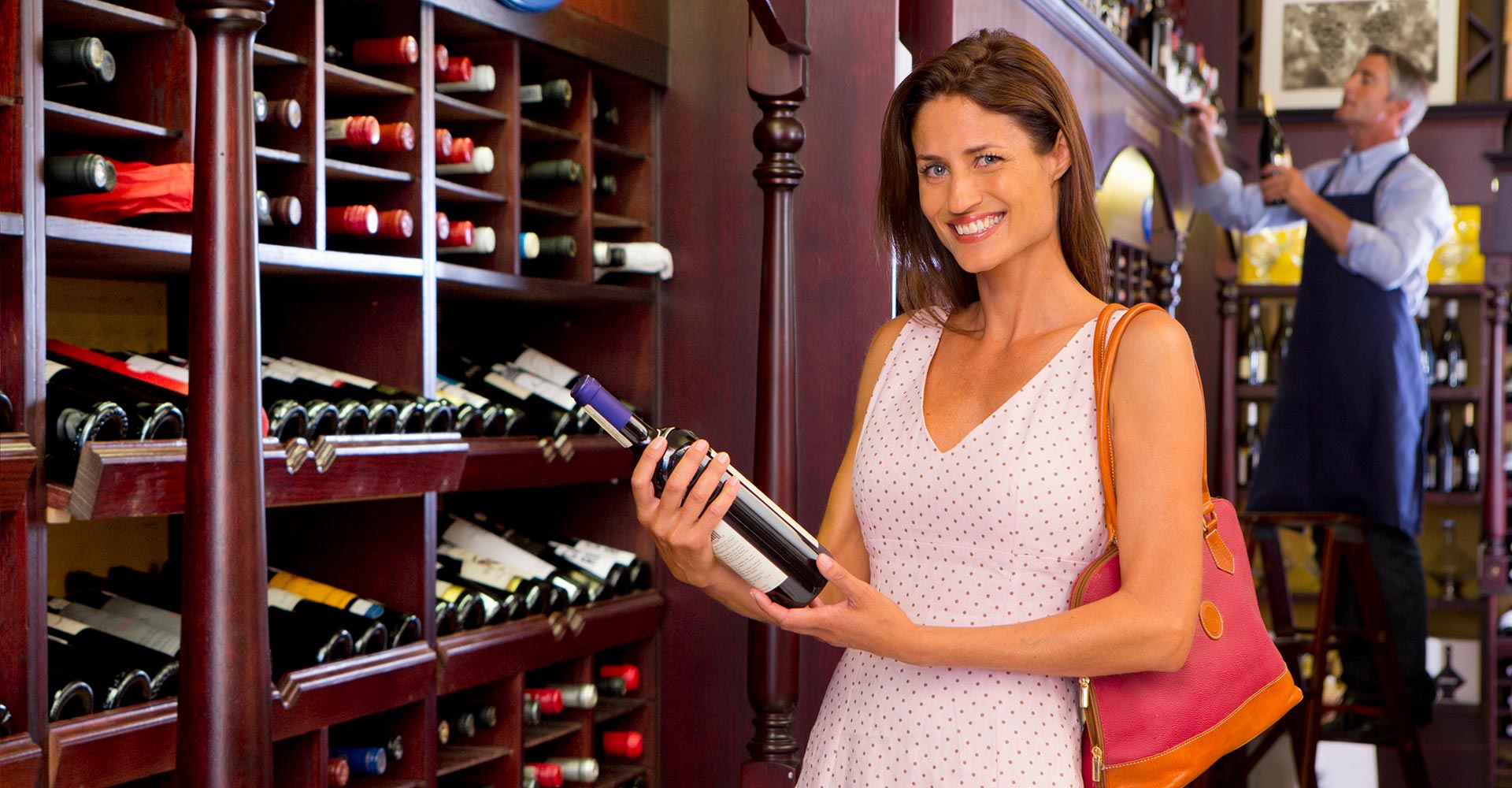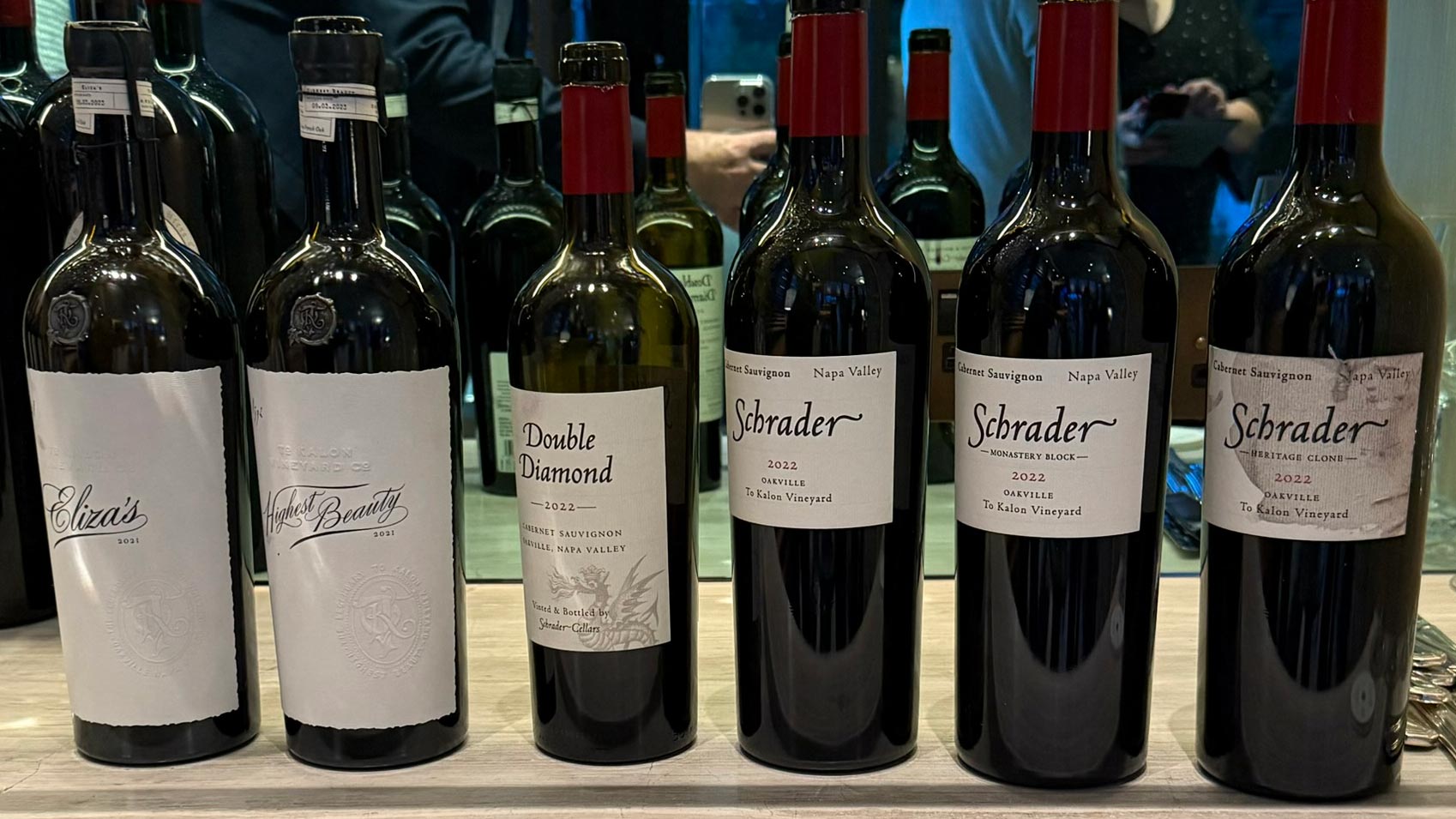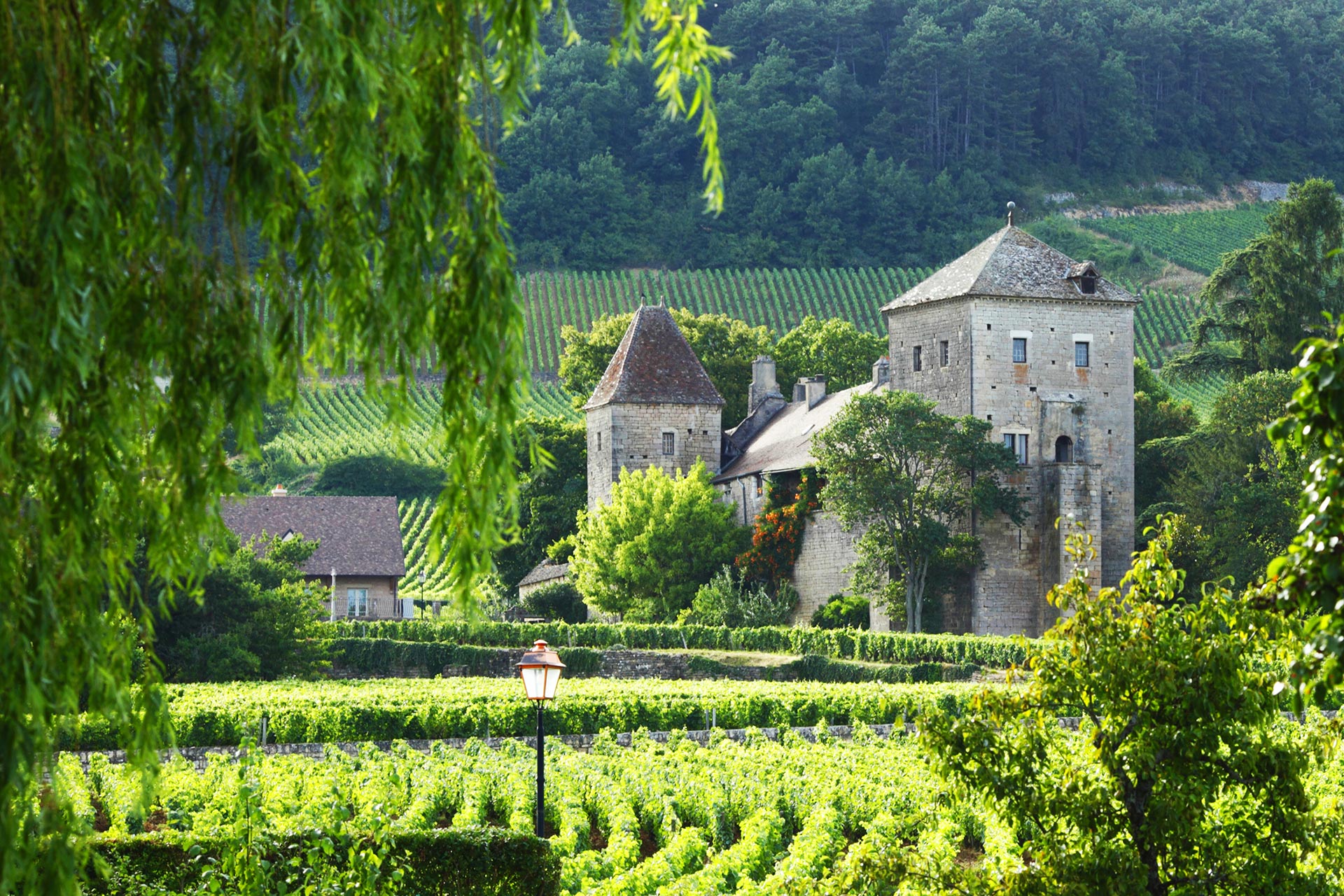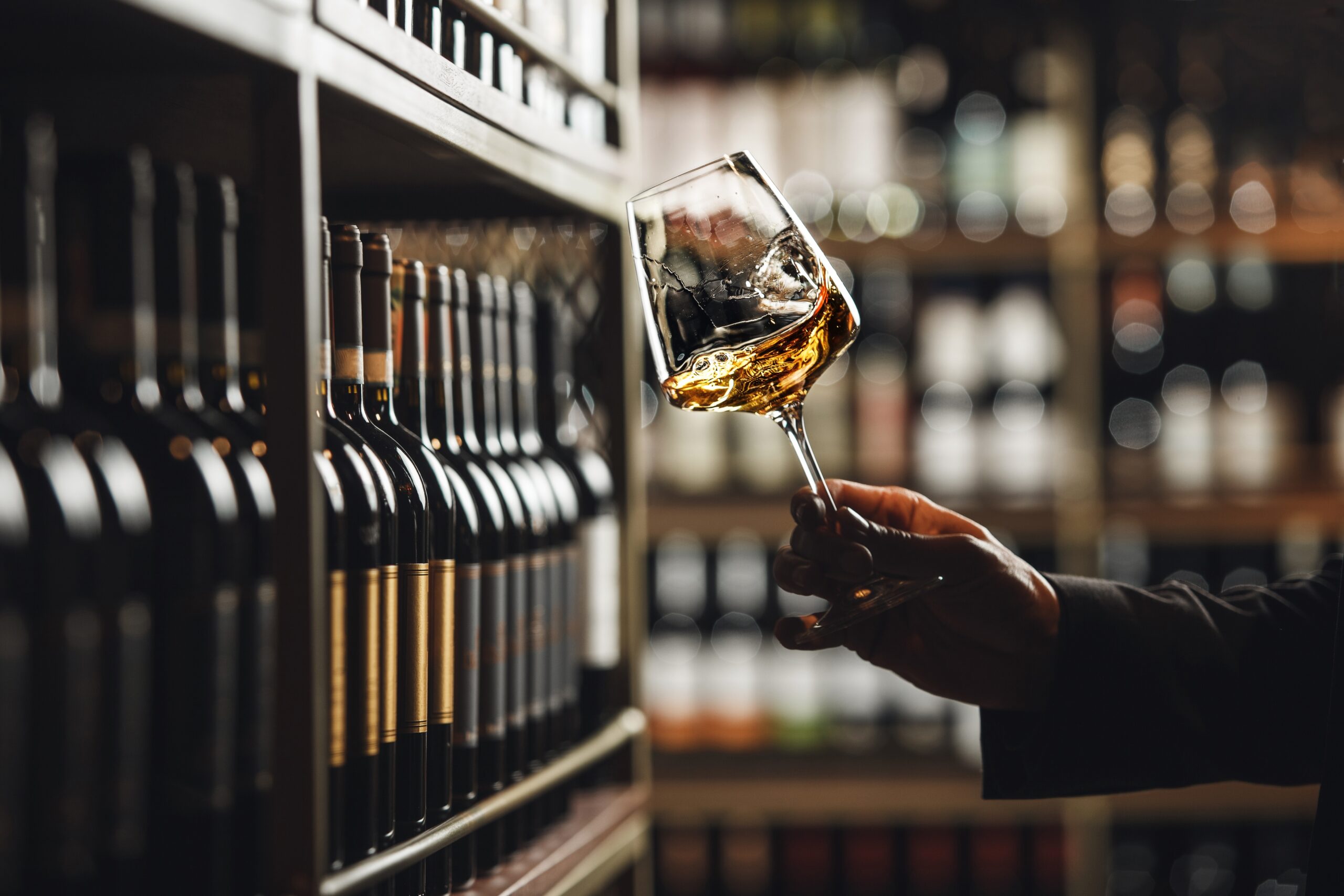The fine wine market isn’t what it used to be — and that’s a good thing. Gone are the days when only chaps in chinos with cellars the size of Surrey were bidding on Bordeaux. Today, the game has changed, and if you’re a high-value wine merchant, you can either adapt or end up with a lot of unsold SuperTuscan.
Let’s swirl through the trends, challenges, and opportunities shaping the world of fine wine in 2025.
The Hangover After the Boom
The global wine and brandy market is set to hit nearly $180 billion in 2025. That’s a hefty number, and it bodes well for the fine wine segment. But let’s not kid ourselves — the fine wine market is currently sobering up after an overzealous post-pandemic boom.
Prices surged. Everyone and their dog was investing in a case of Burgundy. Then came the correction. But here’s the twist: despite recent price drops, demand for blue-chip wines from Burgundy, Champagne and Tuscany remains steady. These labels have history, scarcity, and loyal fans — the holy trinity of resilience.
UK merchants should take note: this isn’t a crash. It’s a recalibration. The smart money sees opportunity in the dip.
Evolving Consumer Behaviour: Who’s Buying?
Welcome to the age of the hybrid wine buyer: part collector, part investor, part social influencer. Today’s fine wine consumer is:
1. Younger and Tech-Savvy
Millennials and Gen Z aren’t just sipping £8 Rioja at home — they’re investing. They view wine like stocks. They’re tracking trends on Liv-ex, reading data reports, and asking ChatGPT which vintage of Petrus might outperform the S&P.
2. Demanding Value — and a Story
Even in the premium space, customers want value. That doesn’t mean cheap. It means worth it. Provenance, sustainability, rarity, and storytelling now do as much heavy lifting as Parker points.
3. Shopping Online — Like Everyone Else
Online wine sales are booming, and there is no sign of corking it. UK buyers are particularly digital-forward. Merchants without a slick, mobile-optimised e-commerce setup and a digital marketing funnel are missing the barrel.
4. Drinking Less, Spending More
We’re in the era of “drink less, but drink better.” Off-trade is outpacing on-trade. That means home cellars are getting posher — and online delivery needs to be flawless.
5. Split Between X and Y
Right now, Gen X (44–63) makes up 47% of fine wine buyers in the UK. Millennials (29–43) are catching up with 34%. Merchants must market to both — with a blend of old-school service and new-school content.
Economic Headwinds (and Tailwinds)
Inflation: The Double-Edged Sword
Inflation used to mean good news for tangible assets like wine. And yet, in the last year, falling inflation has triggered fine wine price corrections. Investors are hesitant. Still, when inflation inevitably creeps back, fine wine stands tall as a hedge.
Interest Rates: Keep an Eye on the Bank of England
There’s a near-perfect inverse correlation between UK interest rates and fine wine values. When rates go up, wine demand dips. When rates drop — as expected later this year — expect trading volumes to rebound.
Currency and Trade
A stronger USD means American buyers are back in force. That’s great if you’re exporting. But fluctuating currencies and tariffs — especially post-Brexit — mean you’ve got to be nimble with logistics and pricing. Know your bonded warehousing and duty deferment rules — it could be the edge you need.
Embracing Tech & Data: The Merchant’s New Toolbelt
Merchants, if you’re not using AI, automation, and data analytics, it’s time to decant your strategy.
Liv-ex & Marketplaces
These platforms aren’t just for the big boys. Use them to access data, benchmark prices, and understand demand signals. Transparency breeds trust.
Digital Marketing
- SEO gets you found.
- Social builds loyalty and brand.
- Email sells.
- Influencer content? Converts younger buyers faster than a pop-up in Mayfair.
AI & CRM Tools
Implement AI to generate dynamic pricing, create personalised recommendations, and predict buying behaviours. Platforms like Wine Hub and InVintory are brilliant for stock tracking, virtual cellars, and client storage.
Pro tip: Integrate your tech stack. Inventory, marketing, fulfilment, CRM—they should all talk to each other.
Sustainability: Not Optional Anymore
Your customers care how the wine got from grape to glass.
- Push organic, biodynamic, and low-intervention producers.
- Highlight sustainable packaging — lighter bottles, compostable materials.
- Track and share your carbon footprint reductions.
The buzzwords aren’t just greenwashing anymore. They’re deciding factors for discerning buyers.
Global Trends & Emerging Regions
The map of fine wine is expanding. Climate change is opening up new regions and reviving old ones.
- Southern England sparkling is on fire.
- Douro Valley and the Canary Islands are quality hotbeds.
- Indigenous grape varieties are getting their due. Expect to see more wine lovers hunting down a Pelaverga instead of yet another Pinot Noir.
Merchants should diversify their portfolios to include these unique bottles. They offer strong storytelling, often better margins, and appeal to adventurous palates.
Regulatory Realities (Don’t Skip This Bit)
UK wine merchants now operate in a post-Brexit jungle:
- VI-1 forms are gone for imports, but EU exports are trickier.
- Alcohol duty is now ABV-based — stronger wine, higher duty.
- Bonded storage can defer VAT and duty. Offer this to clients and watch your value proposition rise like a good mousse.
- Labelling laws changed in 2024: You must include a UK-based FBO/importer.
Get ahead of the curve. If you’re unclear, get a tax and compliance partner.
Strategy for 2025: How to Stay Ahead
1. Embrace the Blend
Your winning formula is a blend of tech and tradition. Use AI for stock and comms, but don’t ditch handwritten notes or personalised tasting advice.
2. Personalise Everything
From digital tastings to curated collections, your clients expect concierge-level service — especially at the top end.
3. Build the Brand
You’re not just a wine seller — you’re a lifestyle curator. Focus on visuals, storytelling, heritage, and aspiration. Educate, inspire, and entertain.
4. Offer Experiences
Tastings, virtual events, wine dinners — even NFTs and virtual cellar tours if you’re bold. The future is immersive.
5. Nurture Relationships
Whether your client is buying Lafite or Langhe, treat them like royalty. Loyalty programmes, cellar management, and exclusive allocations will build lifetime value.
Final Pour: The 2025 Vintage
The fine wine market in 2025 is not broken — it’s transforming. Economic factors, tech-savvy buyers, and the rise of sustainability are rewriting the rules. Merchants who understand these shifts — and act on them — won’t just stay afloat. They’ll lead.
Whether you’re Berry Bros. or a boutique merchant in Battersea, this is your chance to rethink, reinvest, and re-engage. Because in the words of many a great wine lover: the best vintage is the one you plan for.
Cheers to that.



